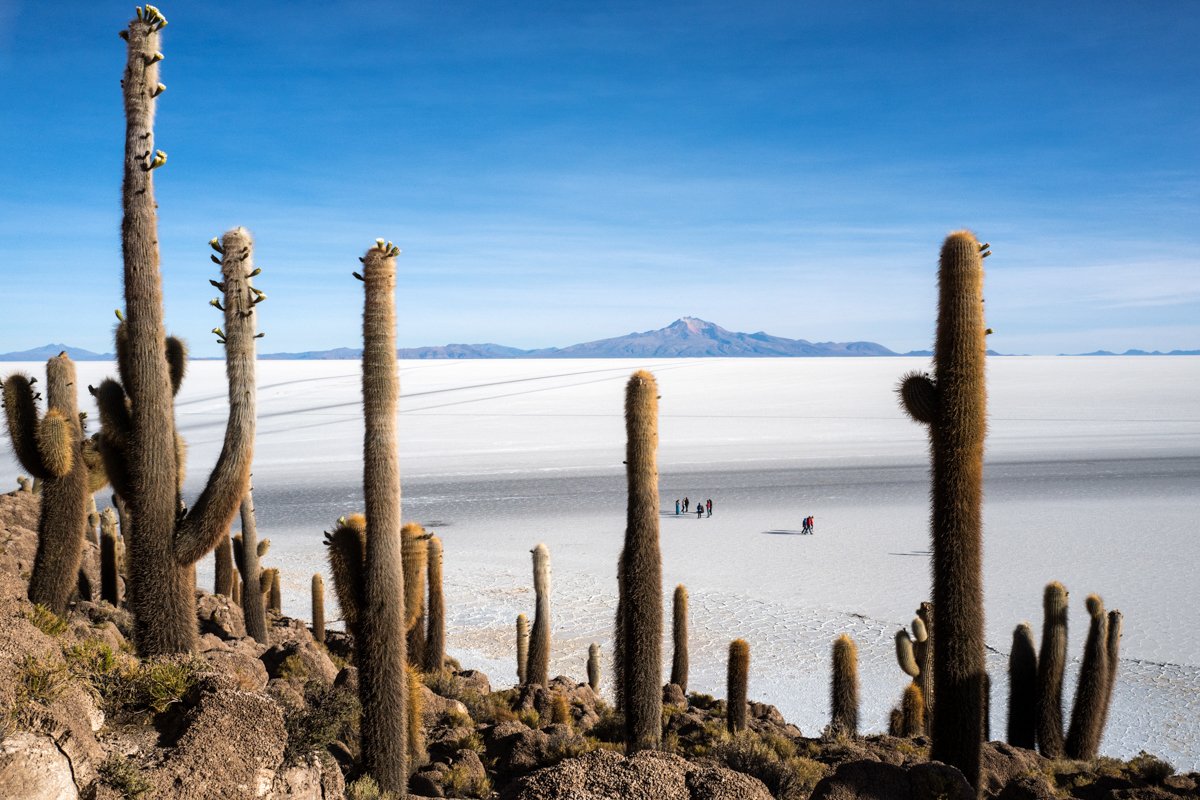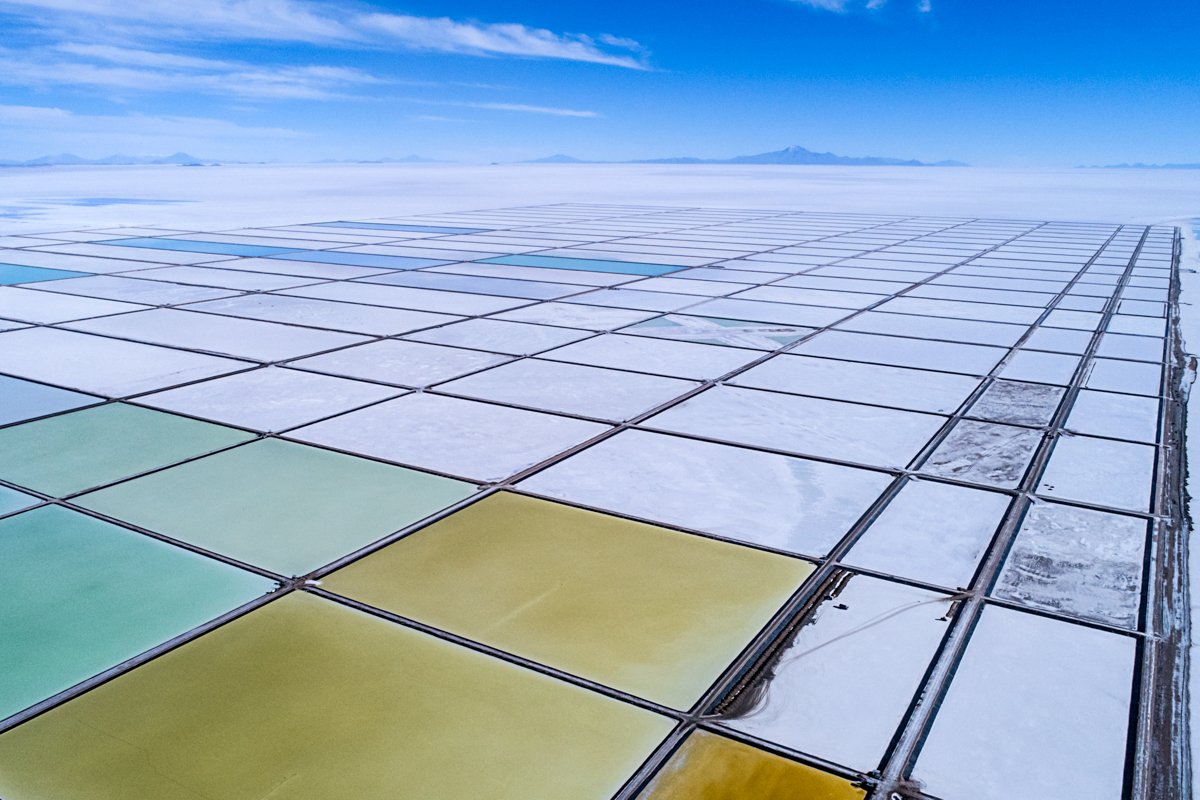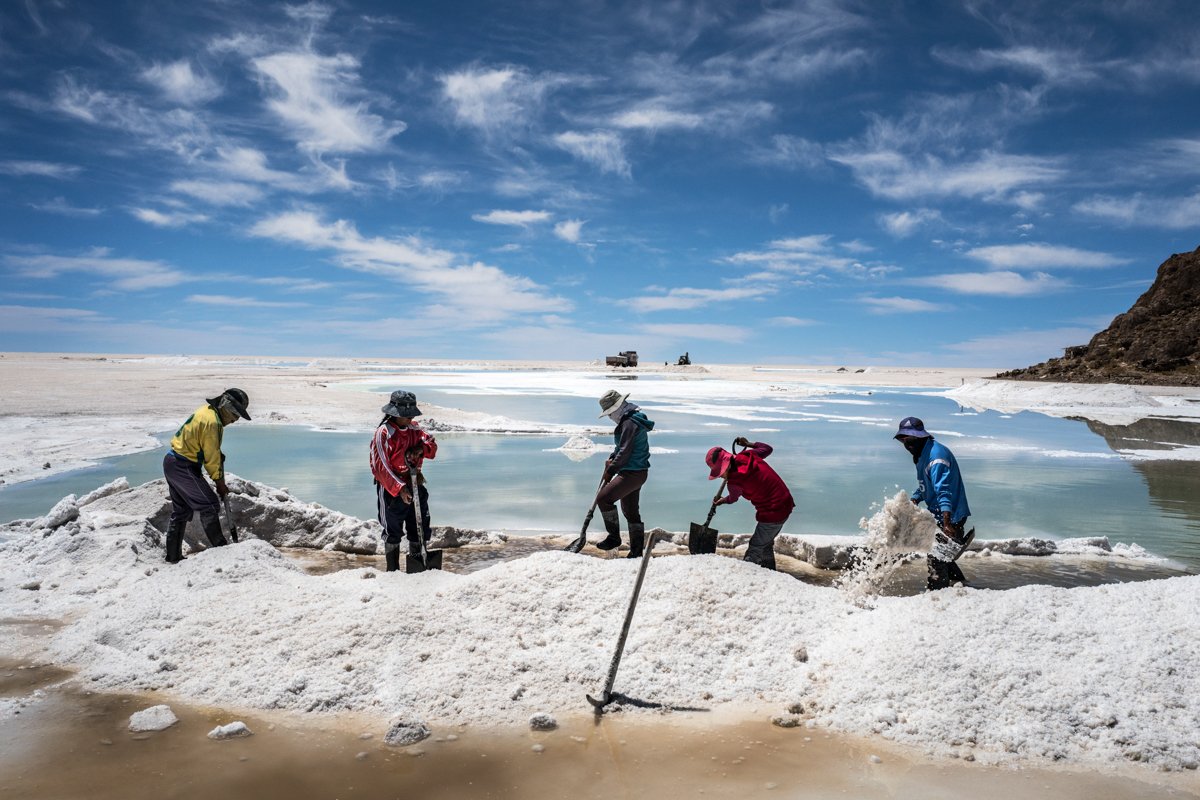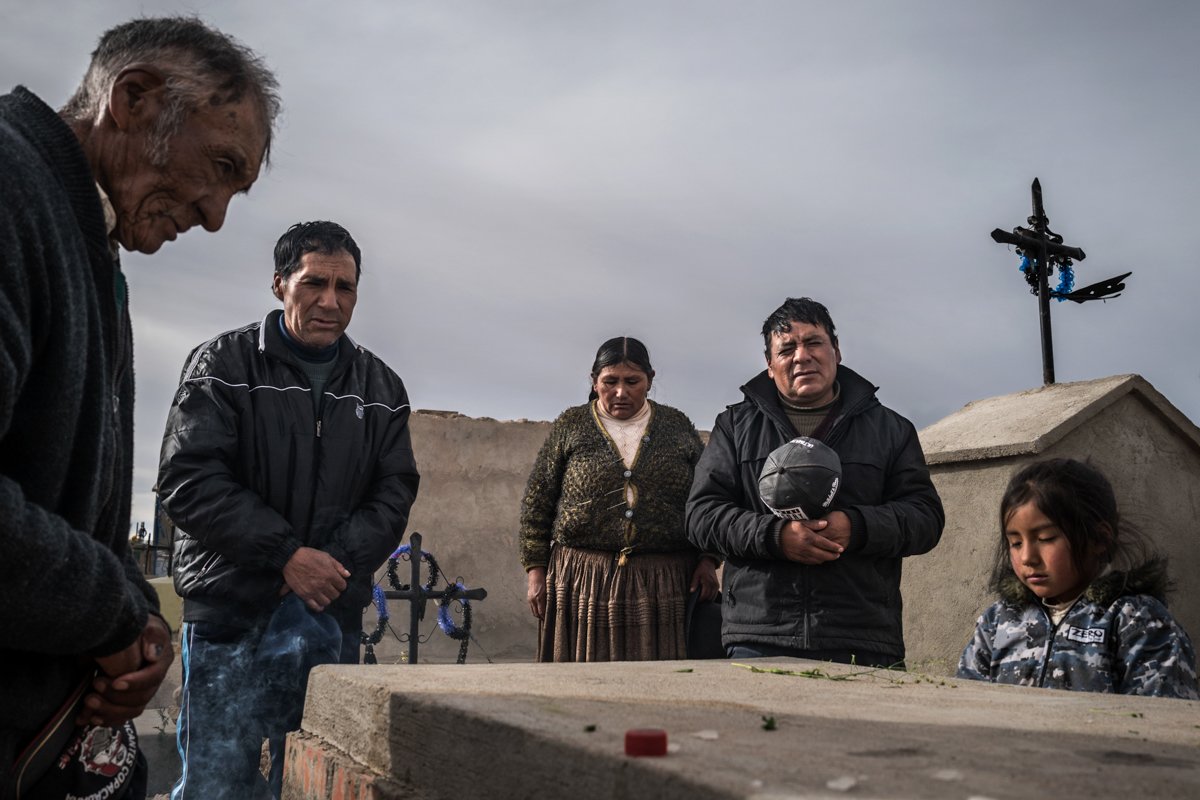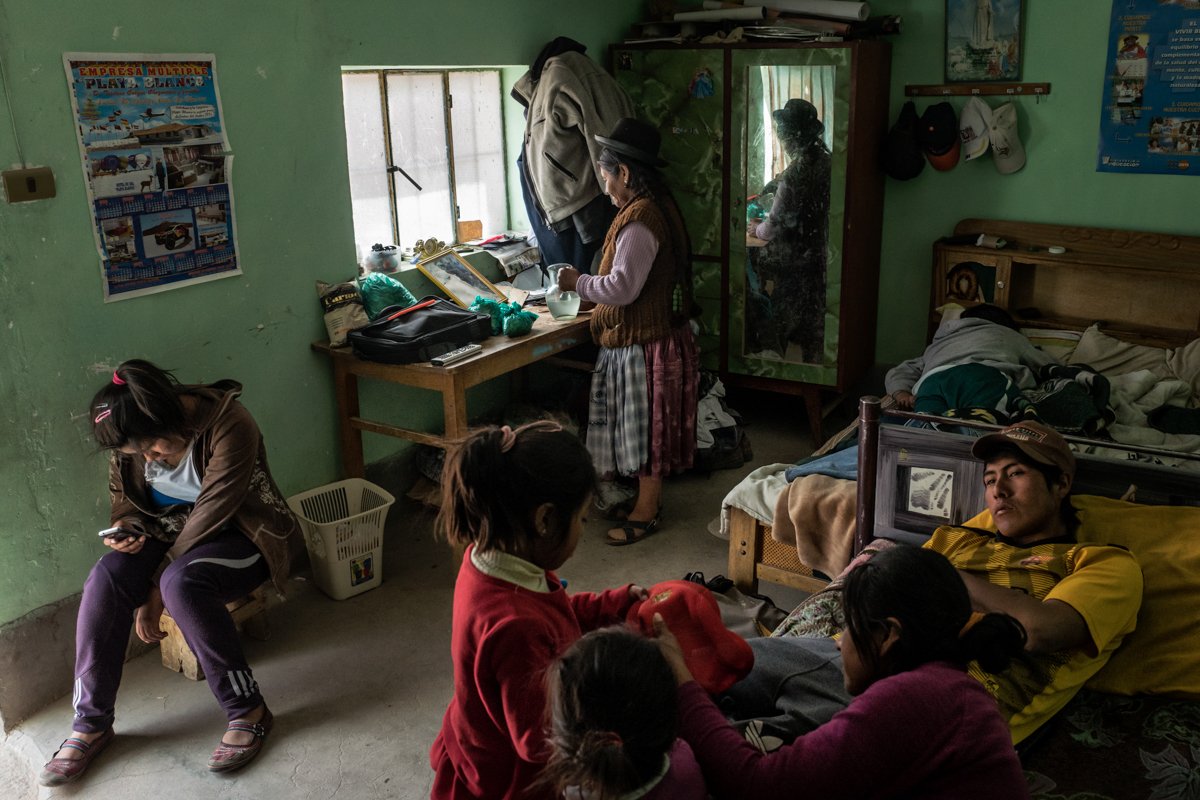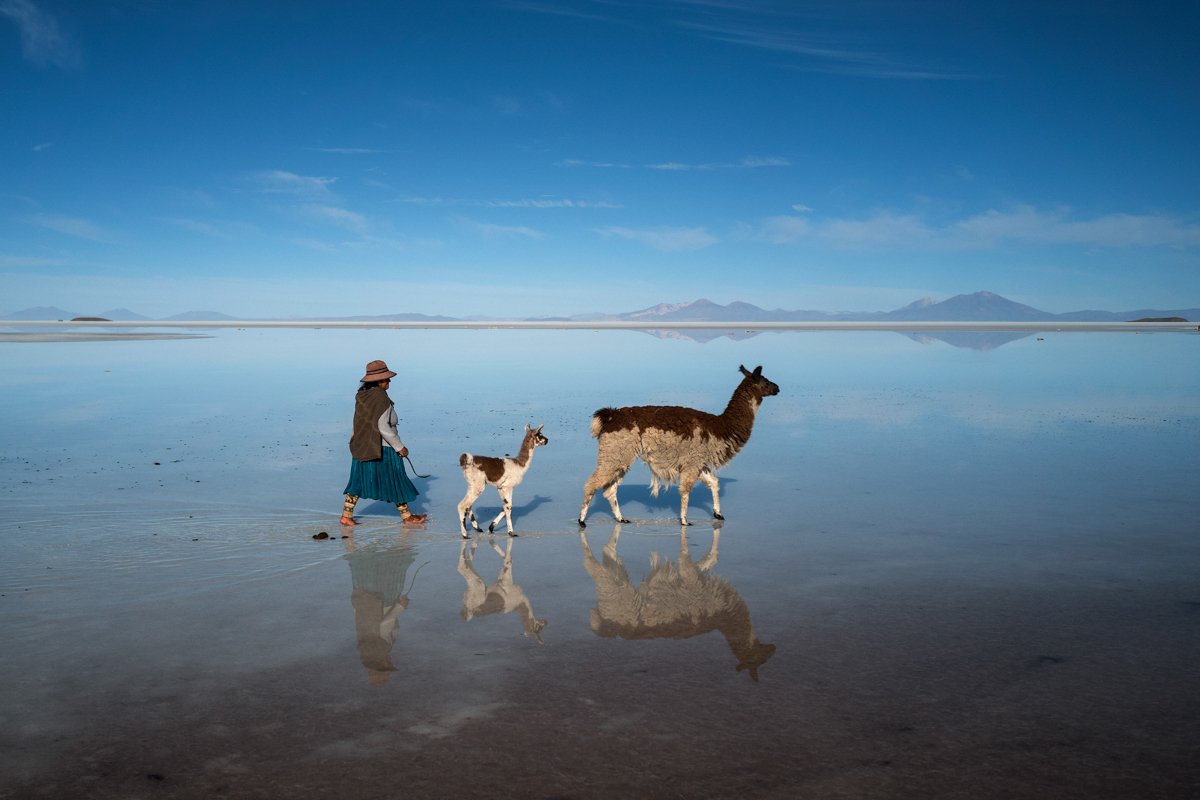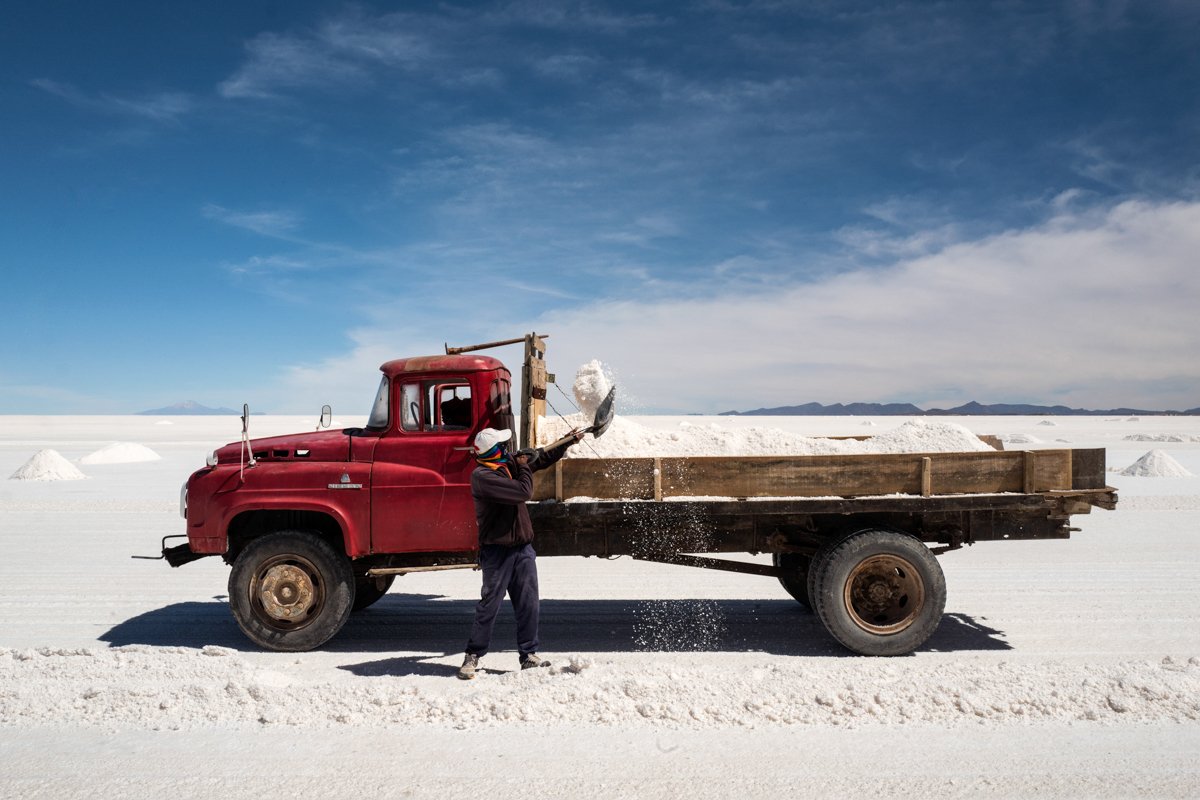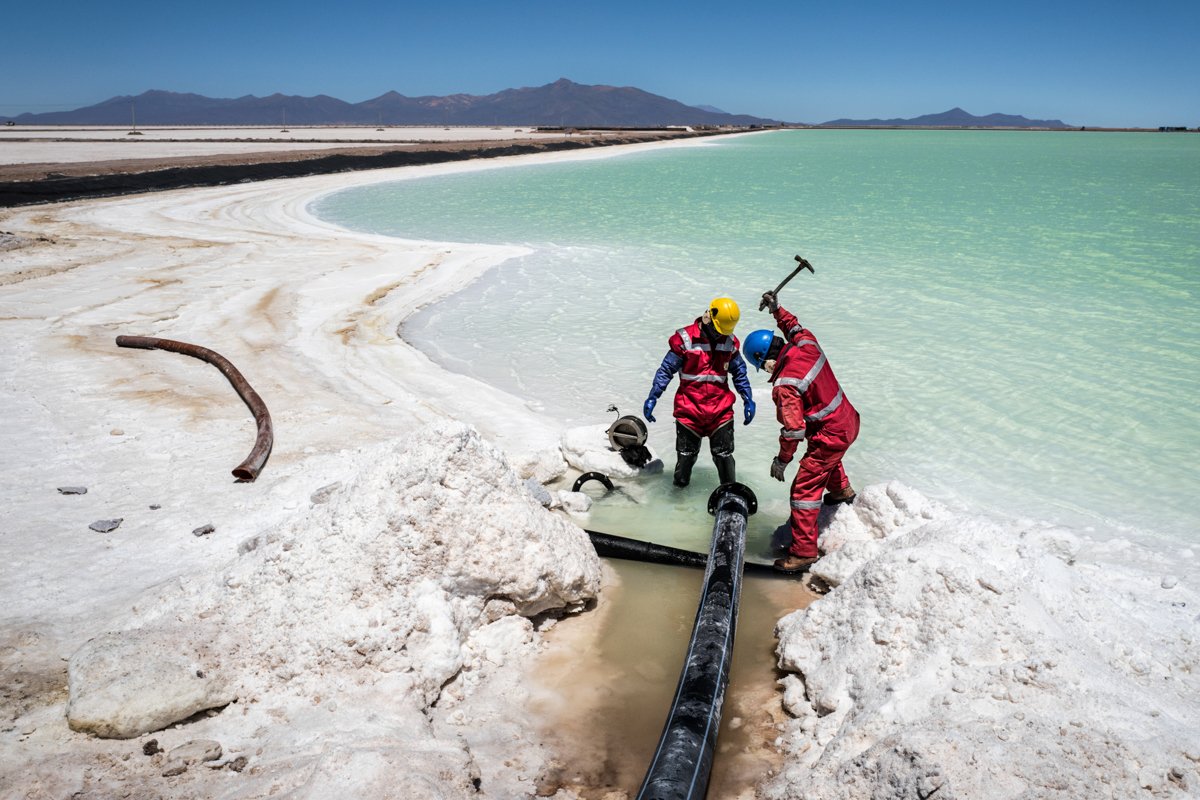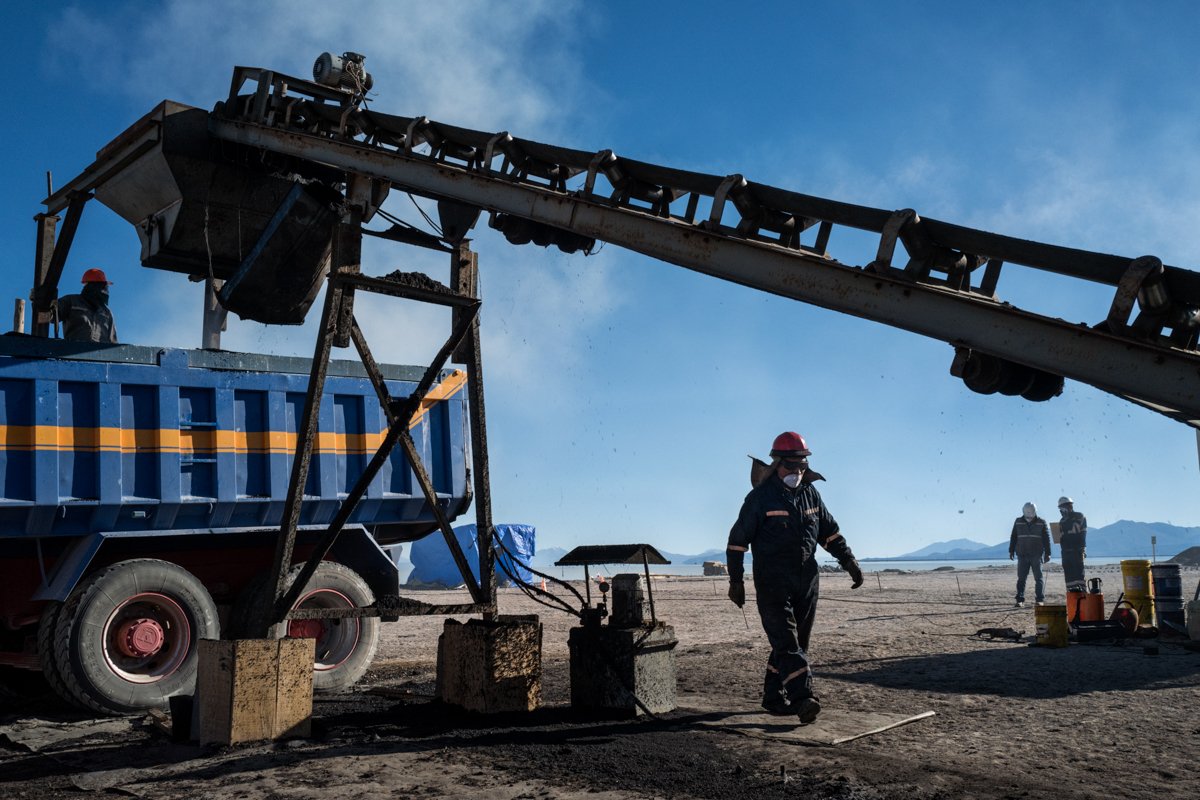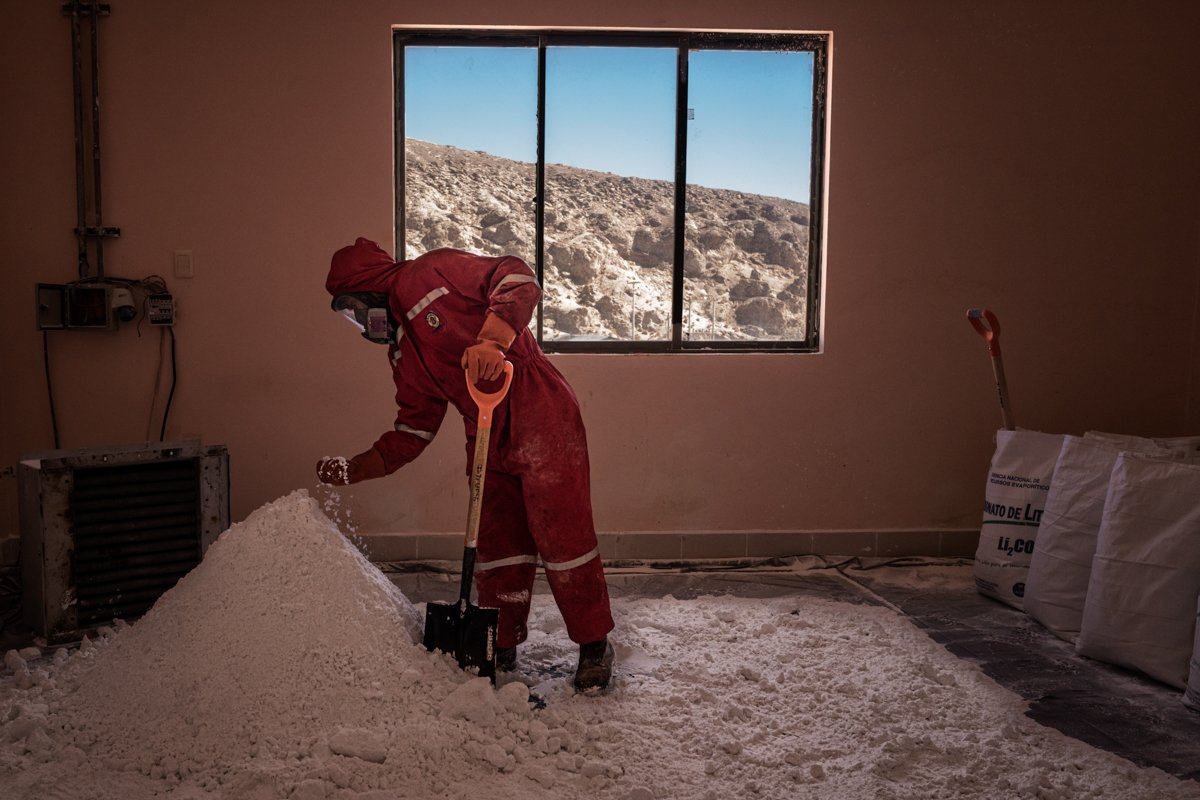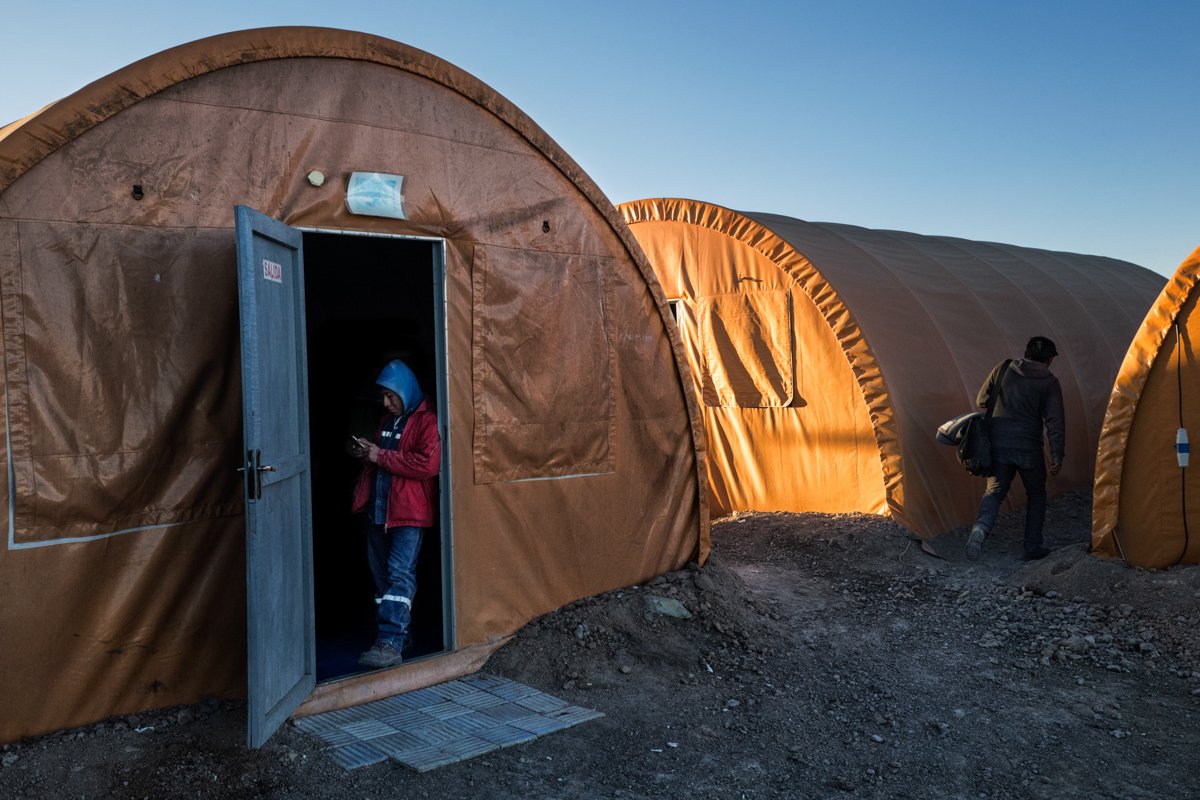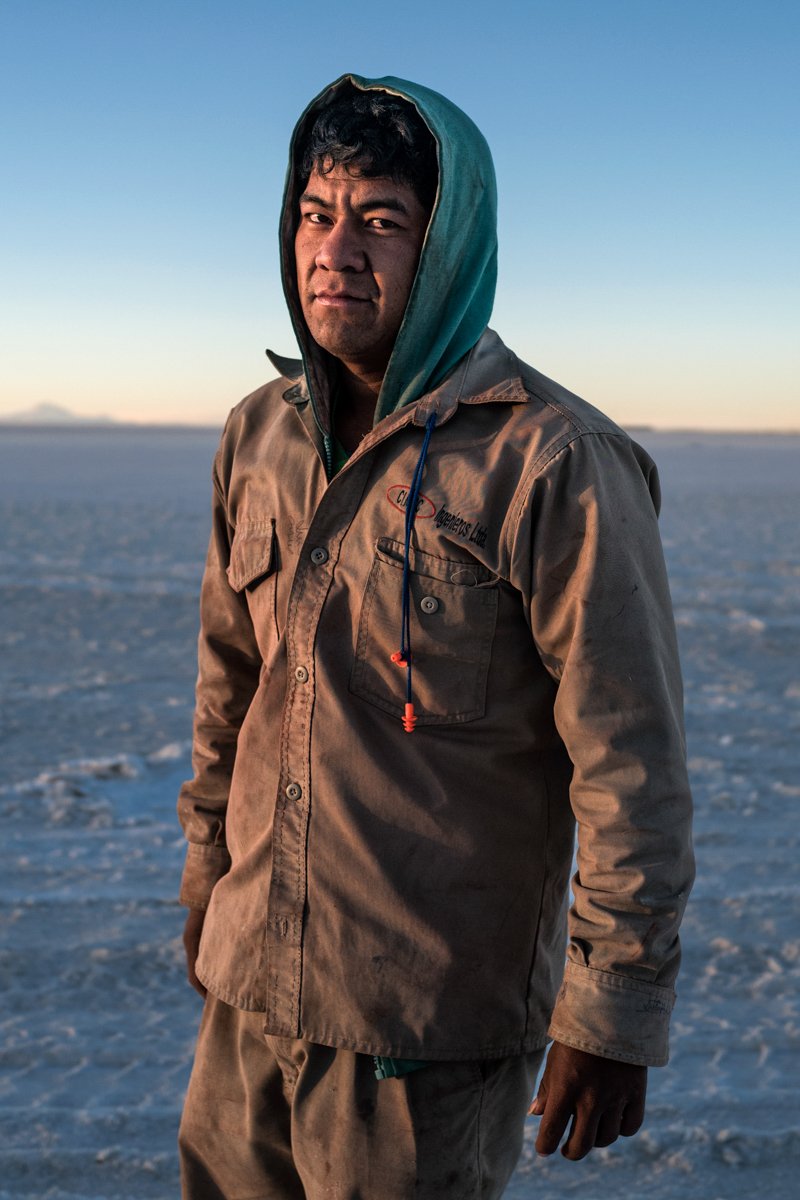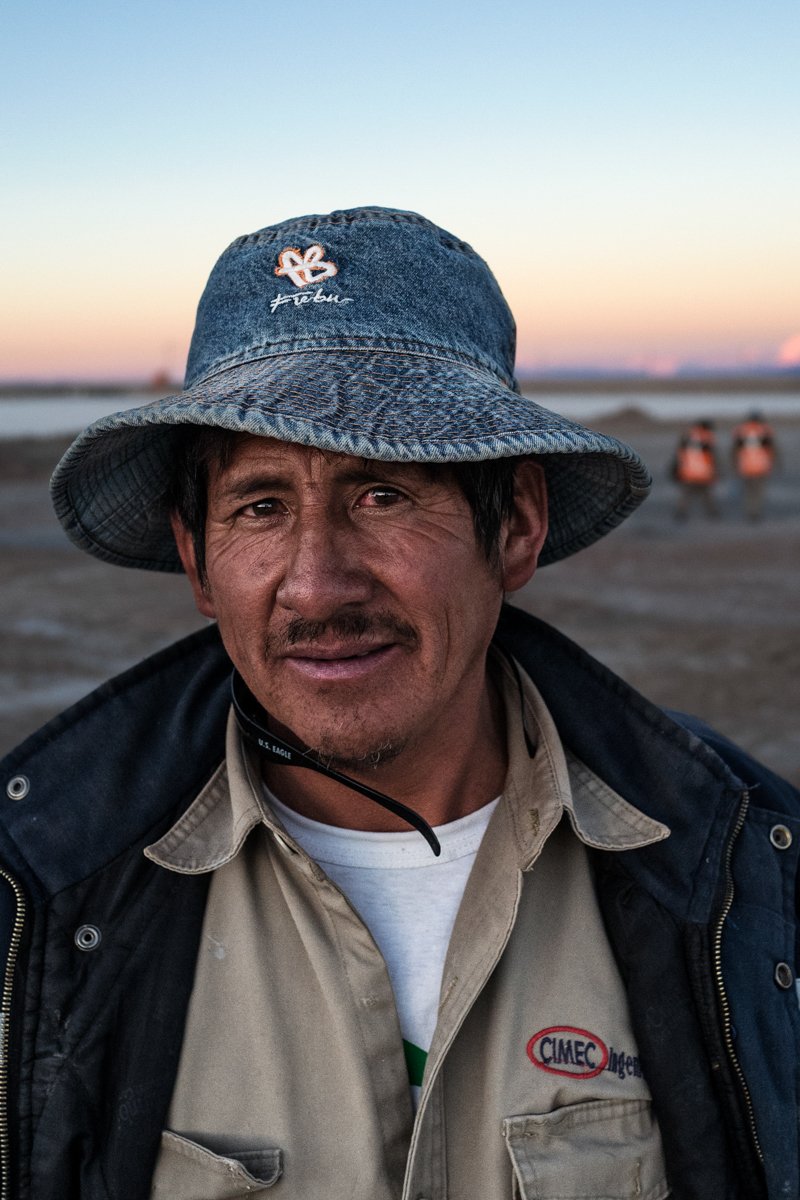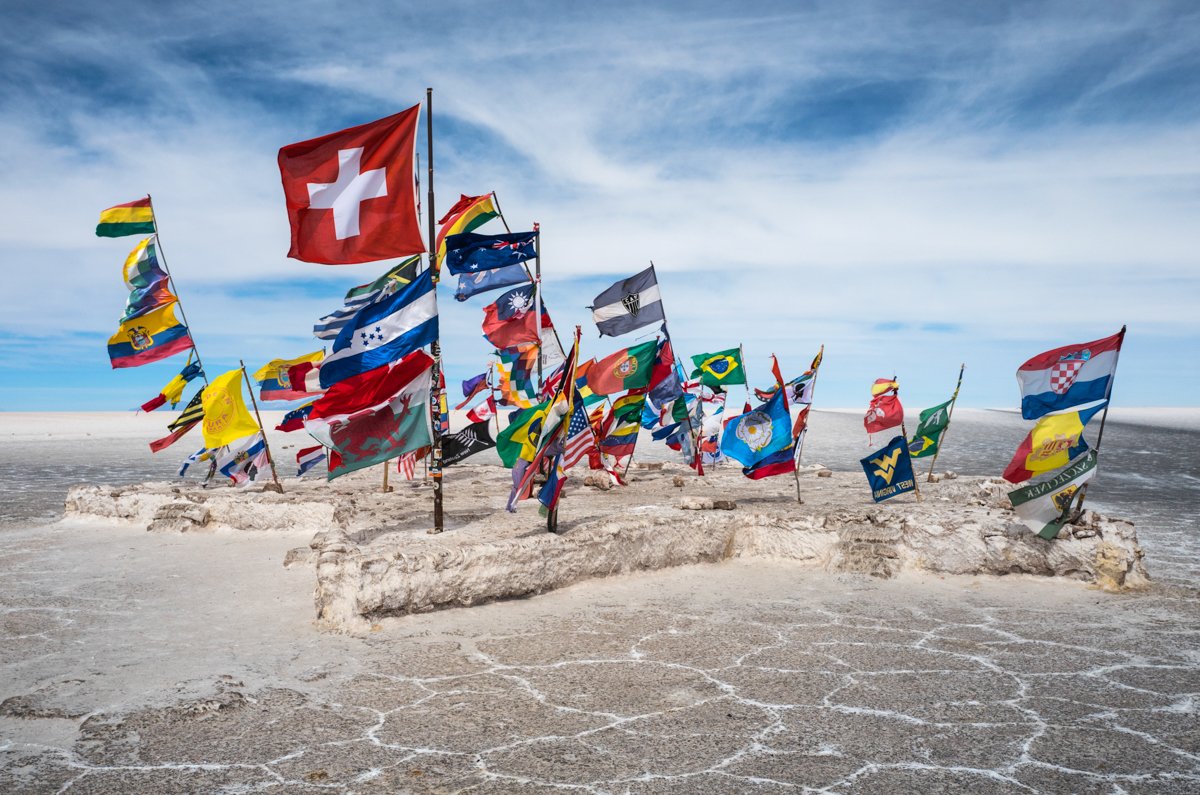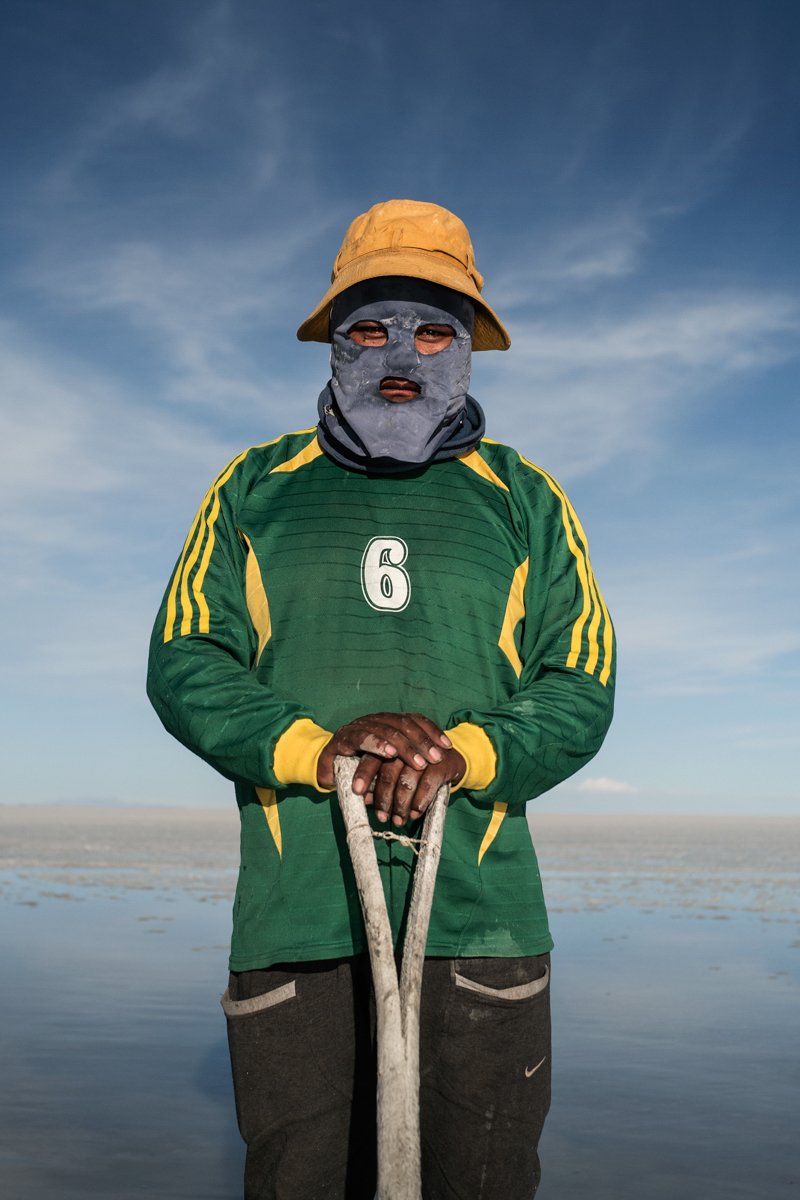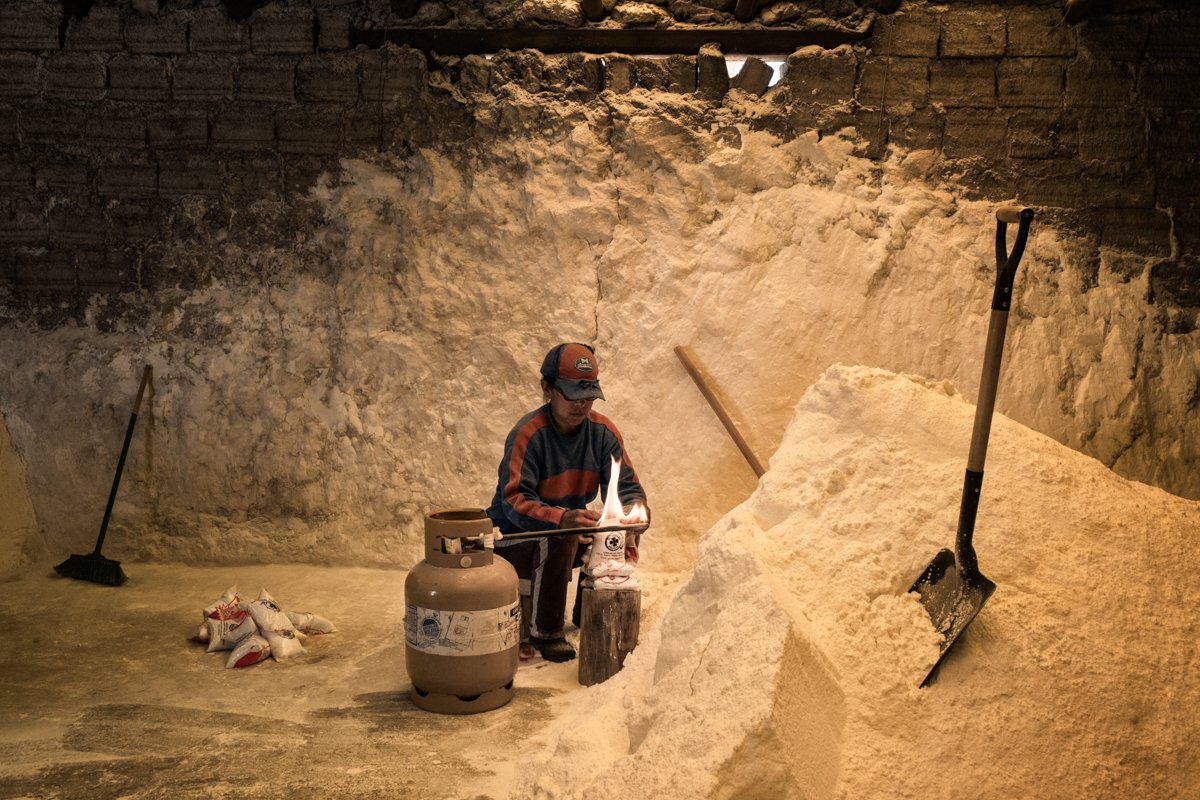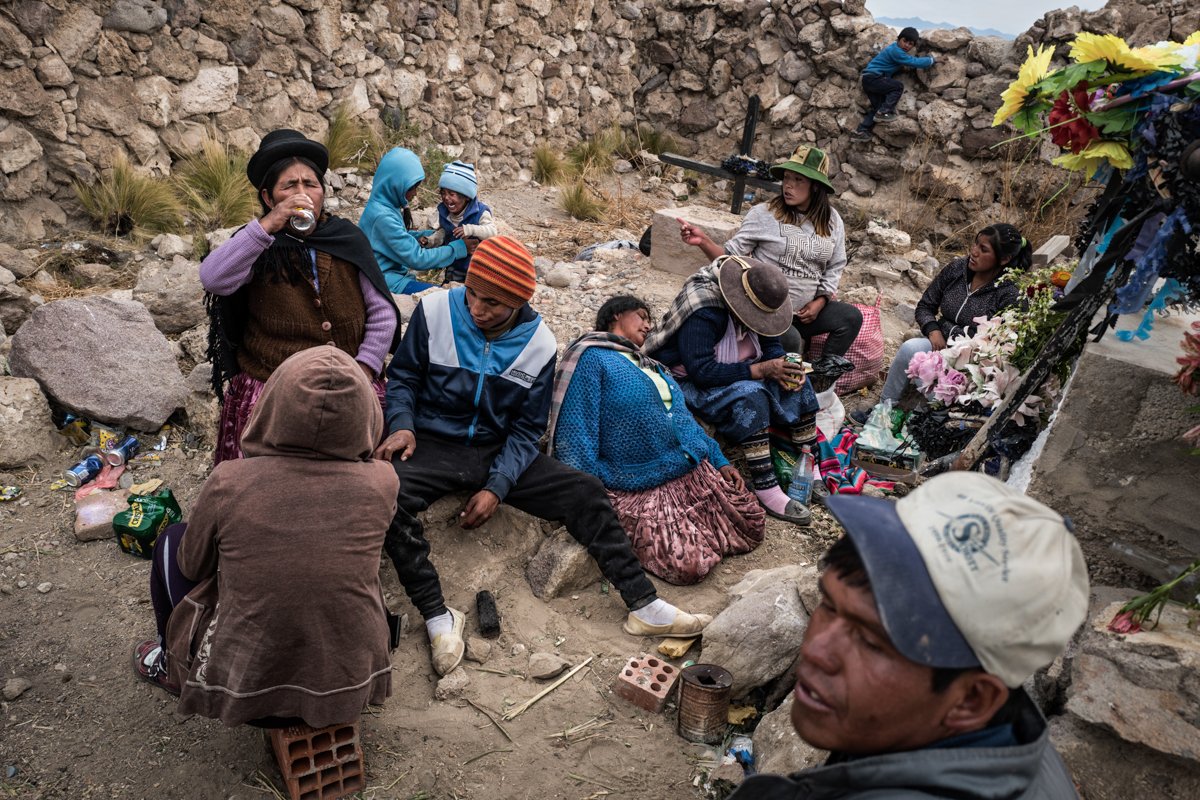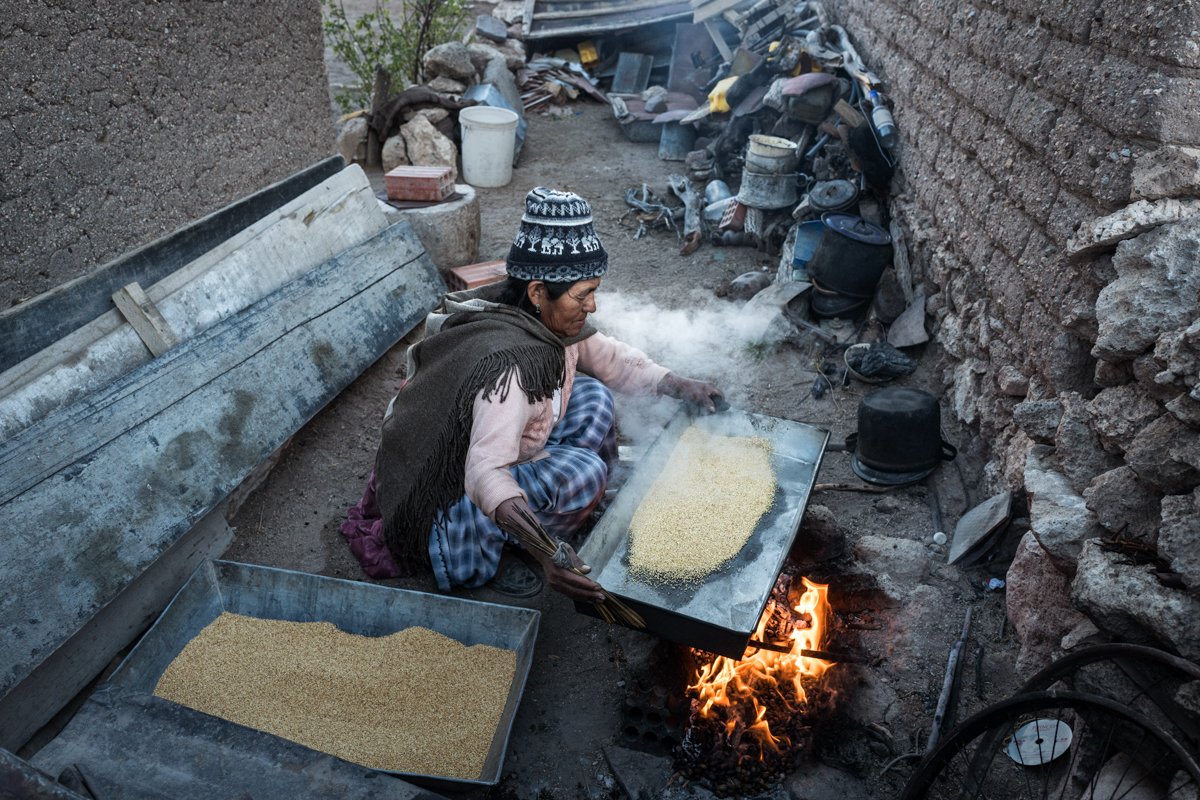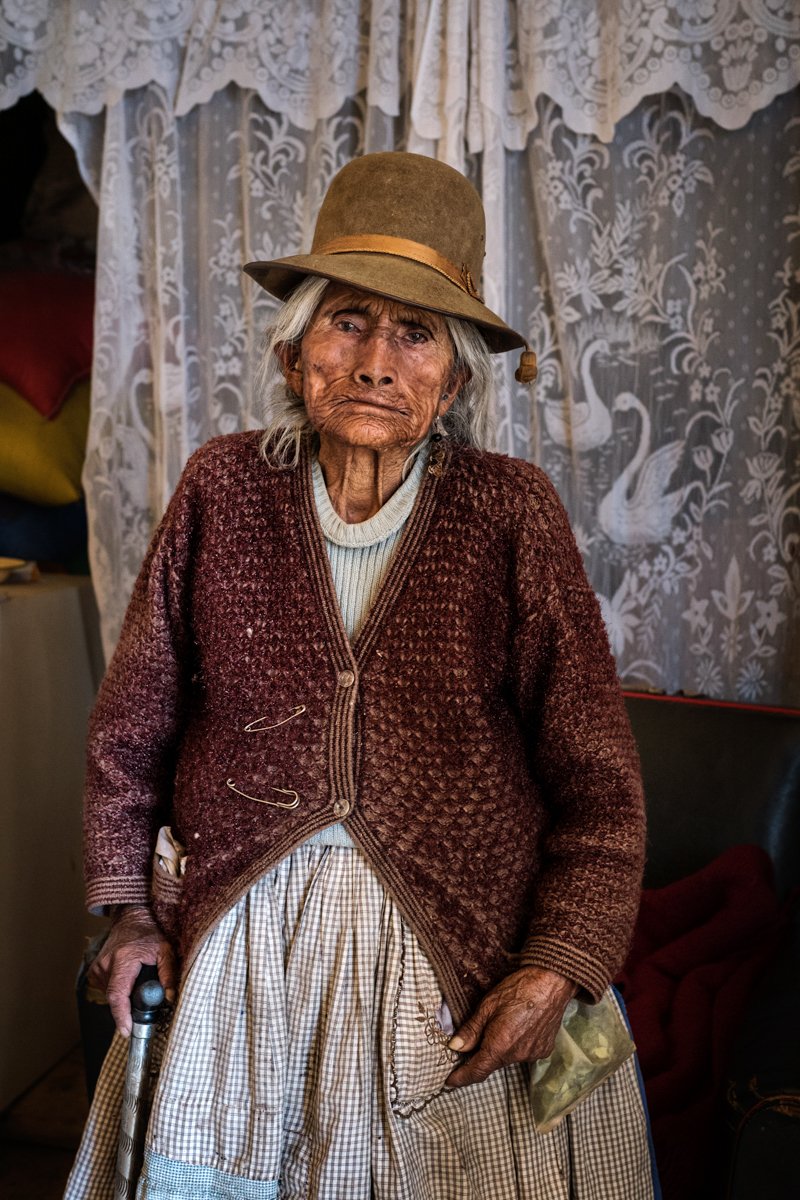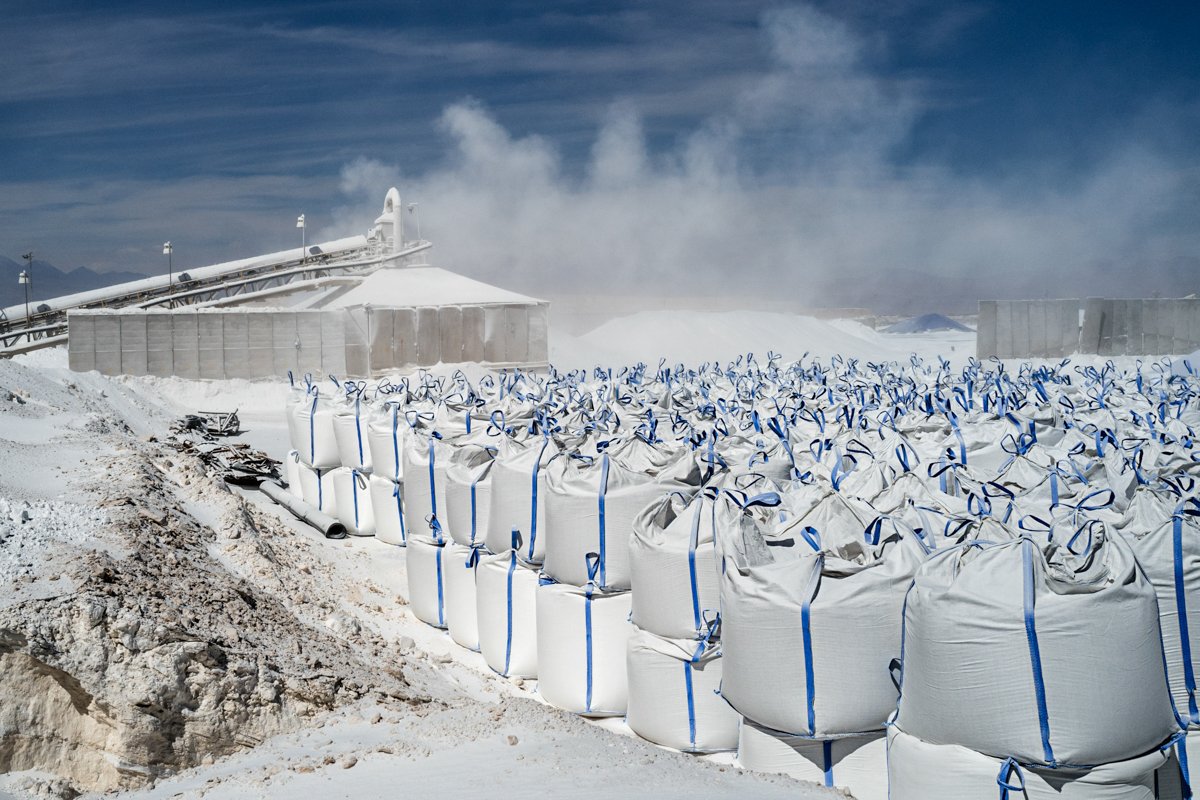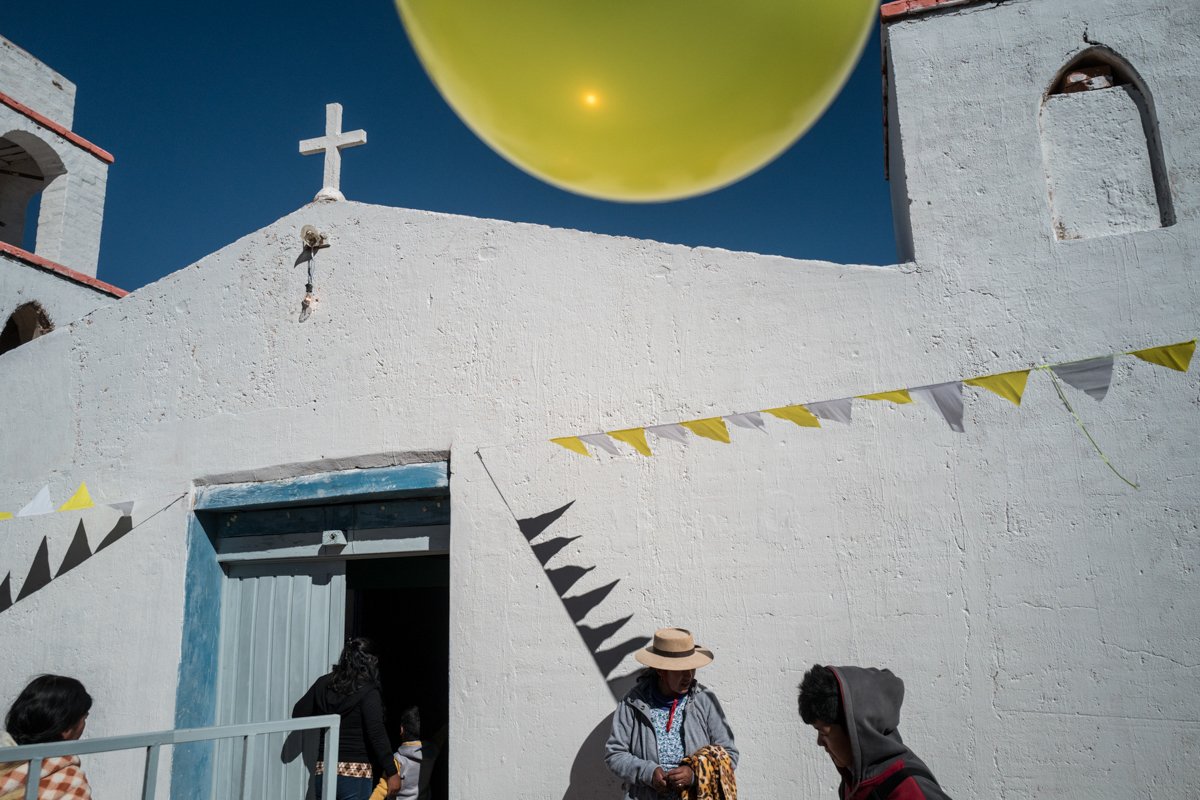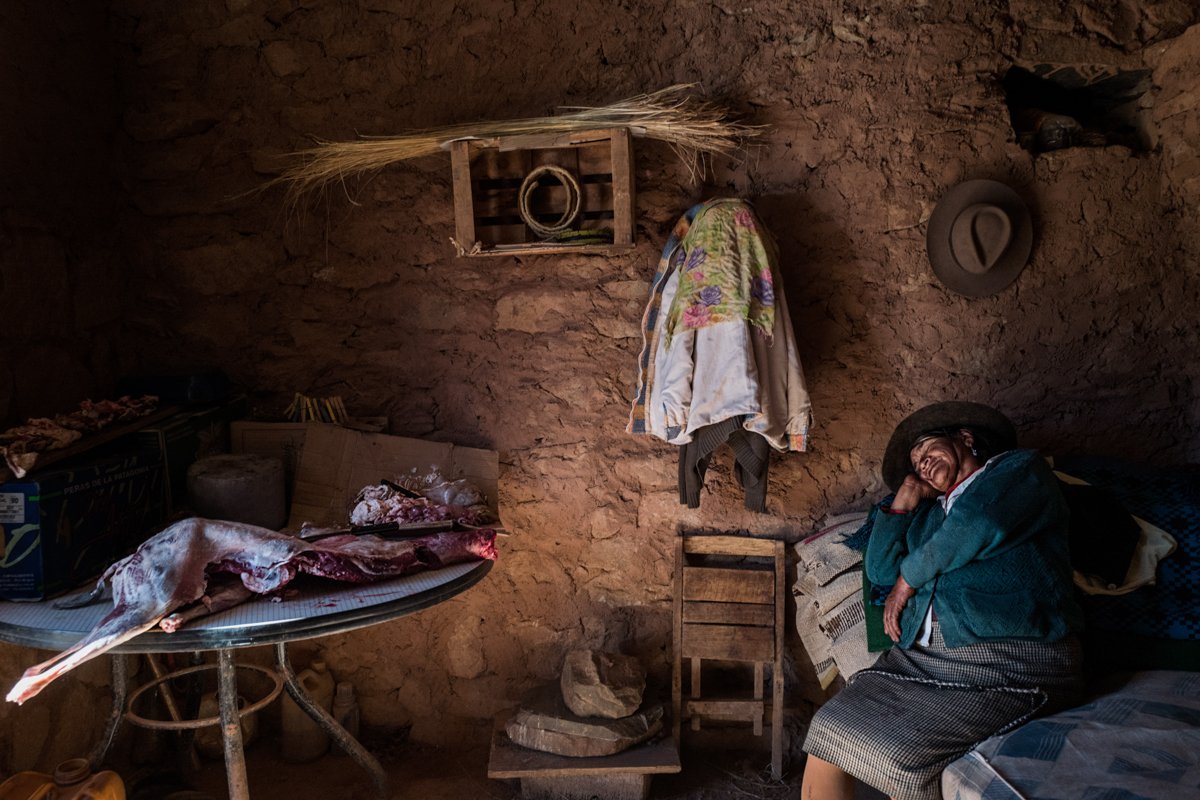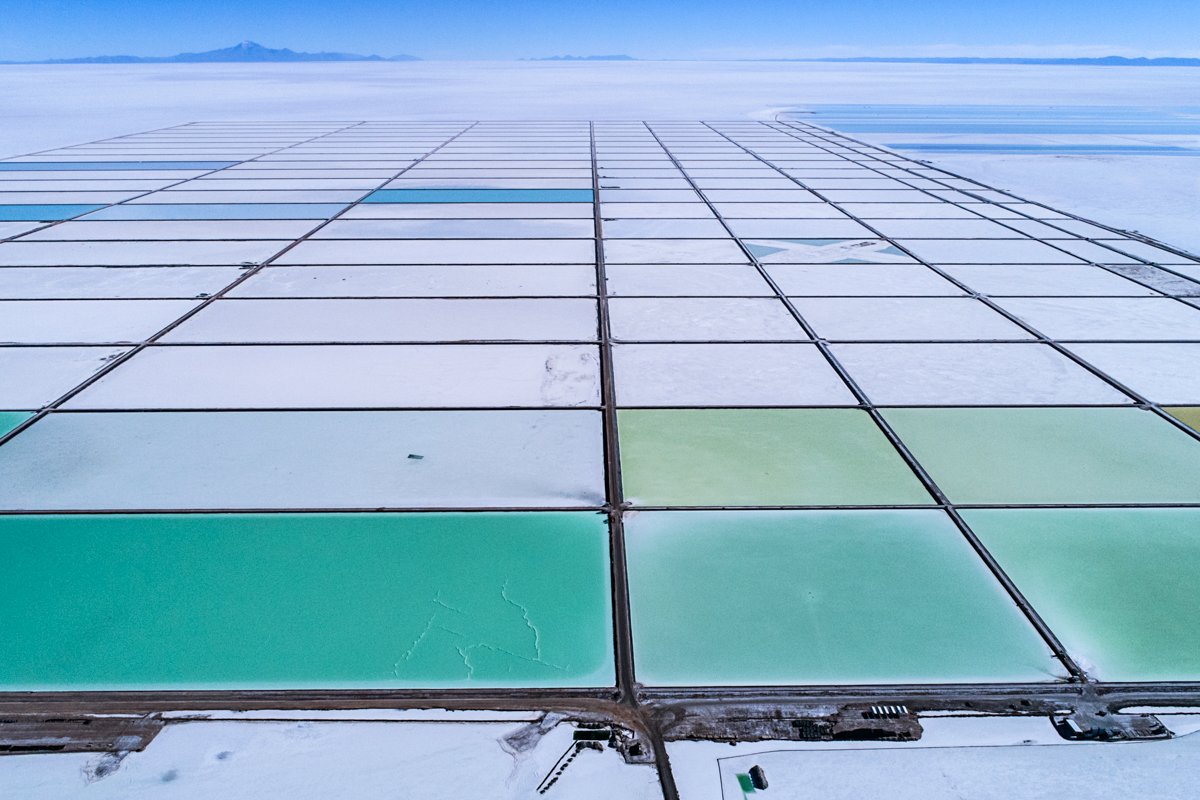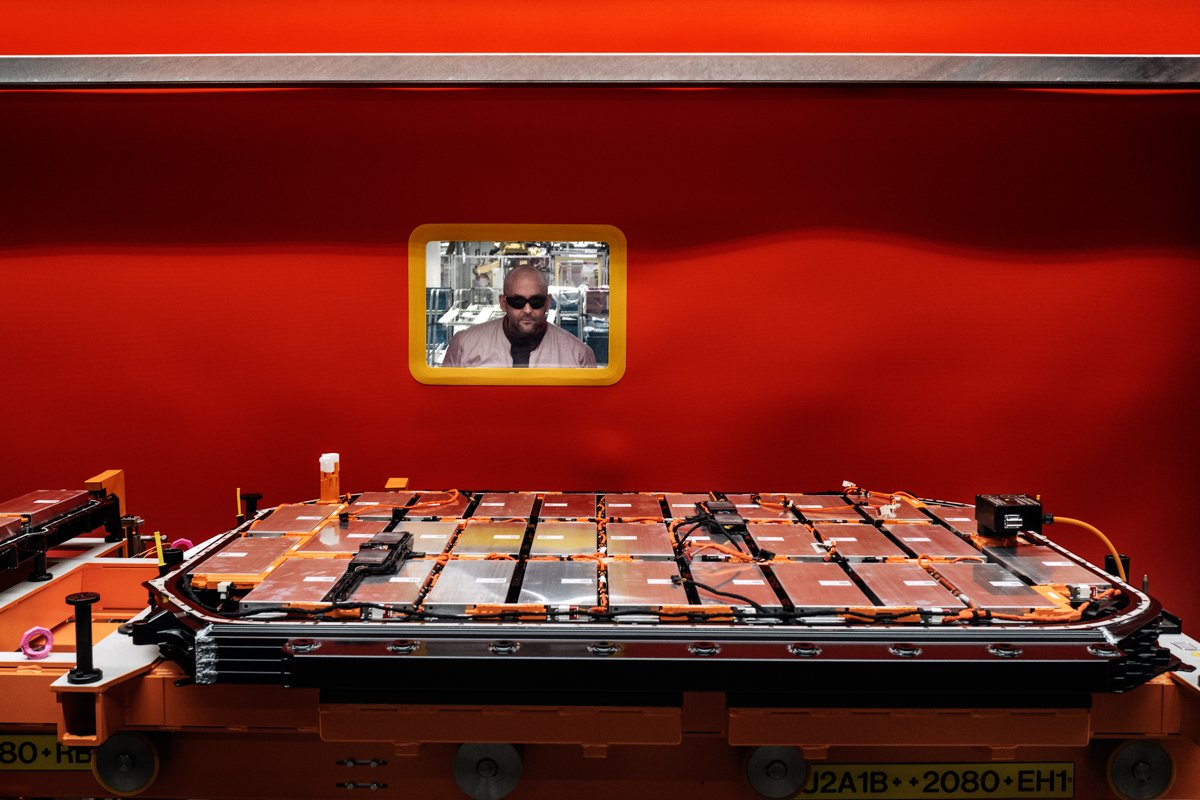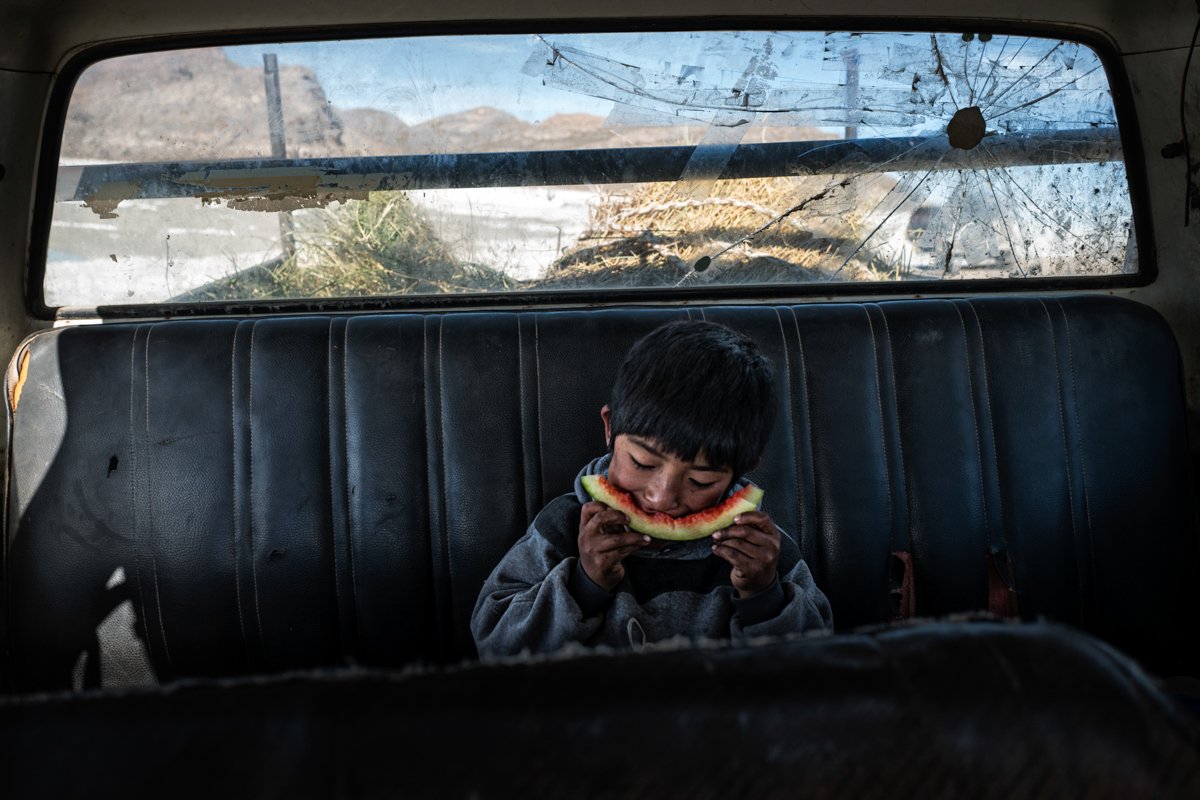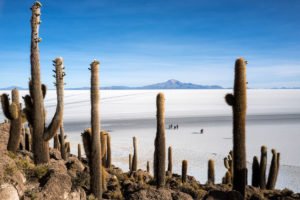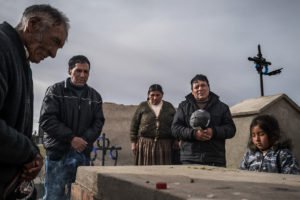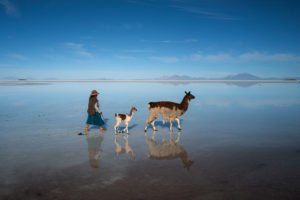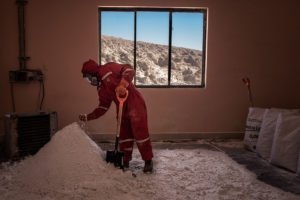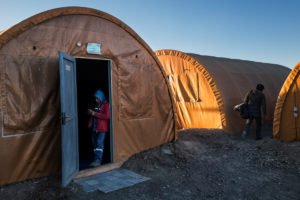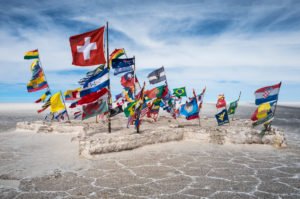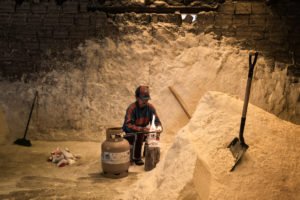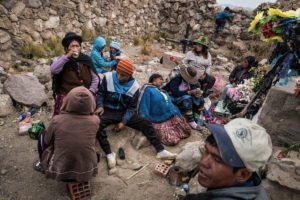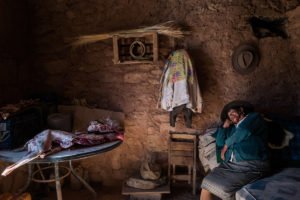- Activities
MAPS is a collective effort proposing new ways and approaches of storytelling to address the world's changing environment and societies.
MORE- Works
- Cultural
- Education
- Collective projects
- Members
MAPS brings together various dedicated professionals who want to start a new adventure and learn from each other in the process.
MORE- Photographers
- Creatives
- Contributors
- Foundation
Series
The Rush for White Gold
Cédric Gerbehaye
What gold meant to earlier eras, and petrolum to the previous century, lithium may eclipse in the coming years. As demand soars for powerful batteries, Bolivia dreams of striking it rich by tapping its huge lithium deposit. But will its people benefit?
Long used in medication to treat bipolar disorders—and in items as varied as ceramics and nuclear weapons—it has emerged as an essential component for the batteries in computers, cell phones, and other electronic devices.
The global market’s annual consumption of lithium was approximately 40,000 metric tons (a metric ton is 2,205 pounds) in 2017, representing a roughly 10 percent increase year by year since 2015. Meanwhile, between 2015 and last year, lithium prices nearly tripled—a clear reflection of how fast the demand has been rising.That will likely intensify as electric cars become more popular. One version of the Tesla Model S runs on a battery pack with about 140 pounds of lithium compounds, or the equivalent of what’s in 10,000 cell phones, according to Goldman Sachs. The investment firm also projects that every time electric-vehicle sales replace a percentage of all vehicles sold, the demand for lithium increases by 70,000 metric tons a year. Given that France and the United Kingdom have already announced that they’ll ban the sale of cars running on gas or diesel by 2040, it would seem evident that a country abounding with lithium need never fear poverty.
Though lithium-mining operations exist on every continent except Antarctica, up to three-fourths of the known lithium reserves are in the Altiplano-Puna Plateau, a 1,100-mile-long stretch in the Andes. The salt bed deposits are concentrated in Chile, Argentina, and Bolivia, known as the “Lithium Triangle.” In Bolivia, underneath the world’s biggest salt flat, the Salar de Uyuni, lies another wonder: one of the world’s greatest lithium deposits, perhaps 17 percent of the planet’s total. By exploiting its lithium reserves, the government of Bolivia—where 40 percent of the people live in poverty—envisions a pathway out of its cul-de-sac of misfortune.
Extract from the story “The rush for white gold”, published in the February 2019 issue of National Geographic.
